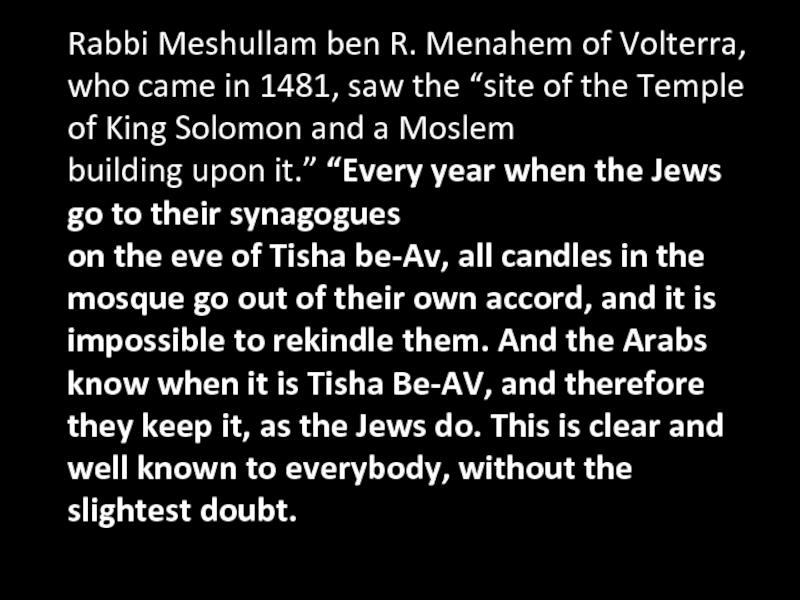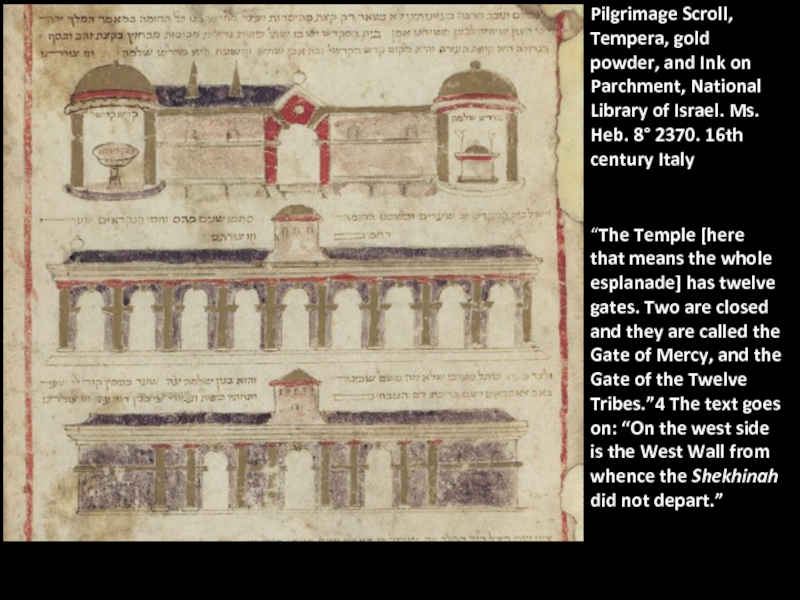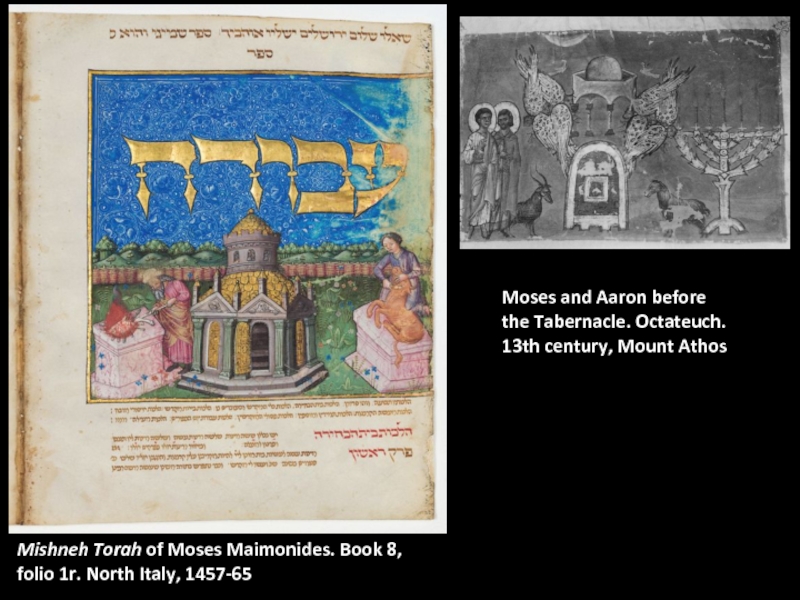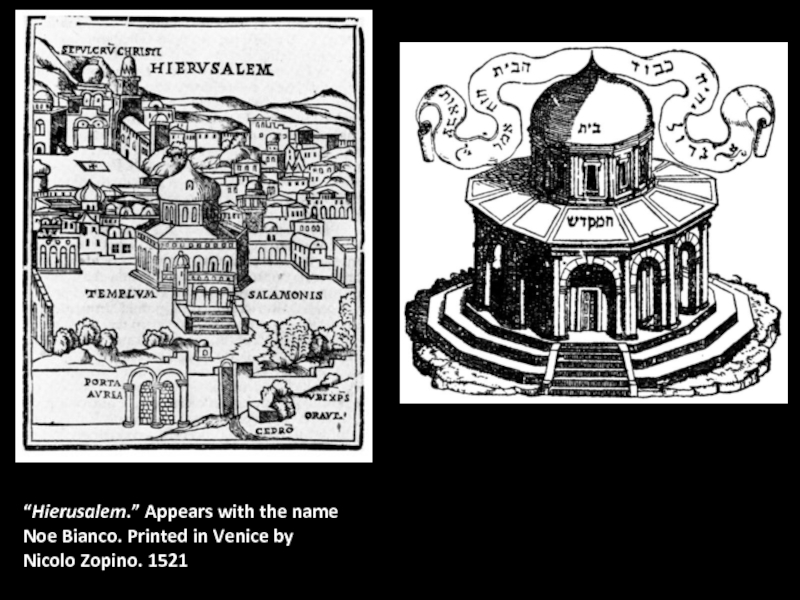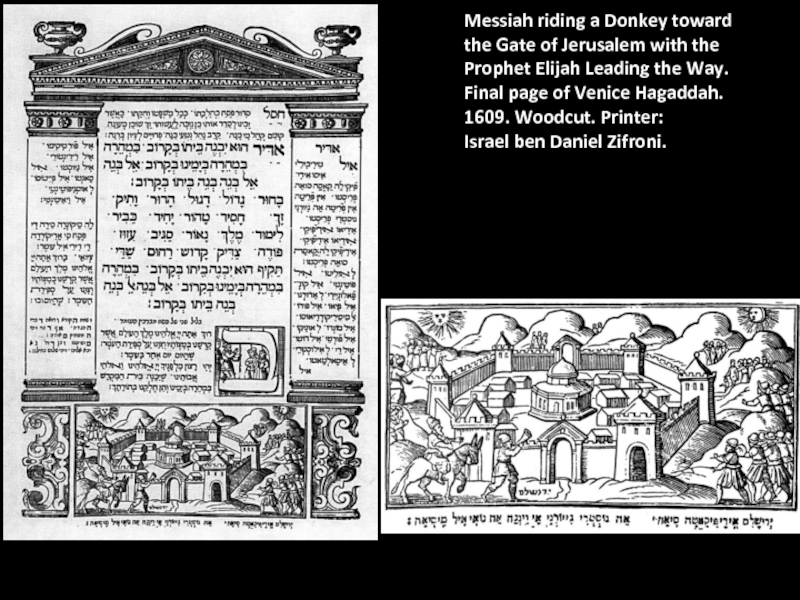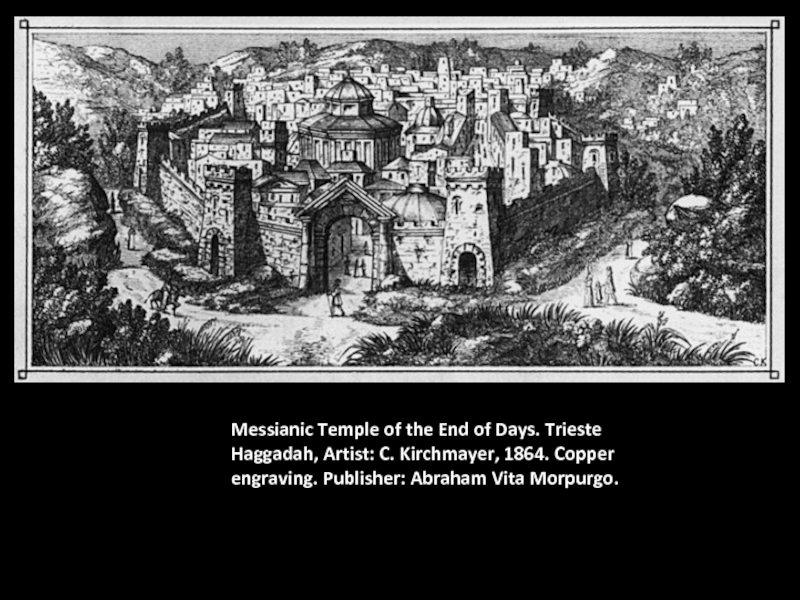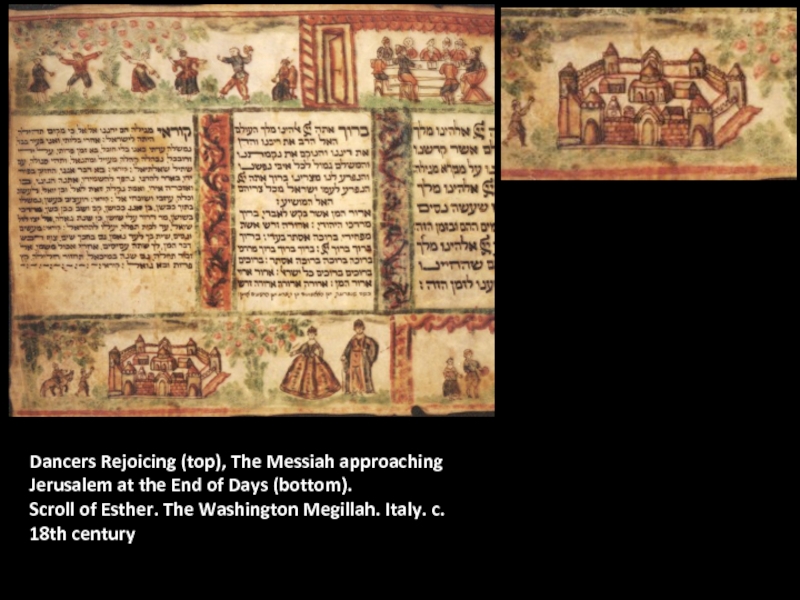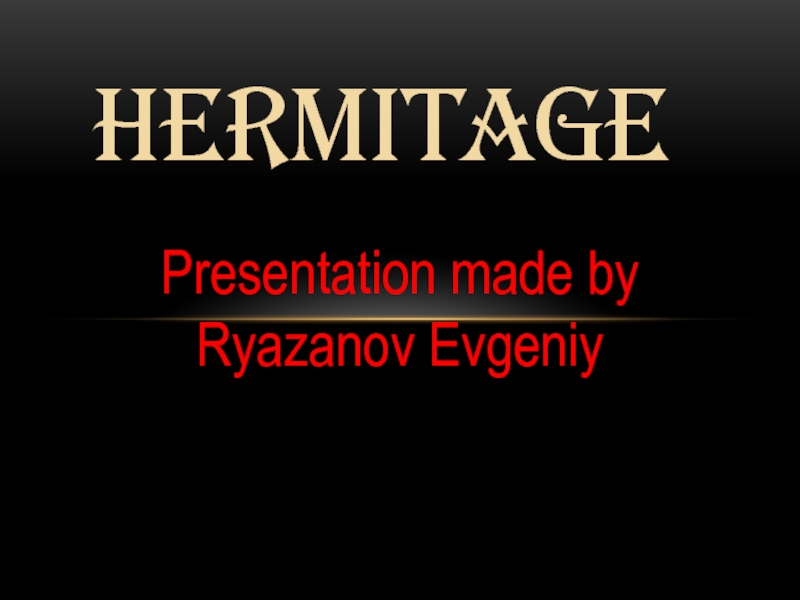- Главная
- Разное
- Дизайн
- Бизнес и предпринимательство
- Аналитика
- Образование
- Развлечения
- Красота и здоровье
- Финансы
- Государство
- Путешествия
- Спорт
- Недвижимость
- Армия
- Графика
- Культурология
- Еда и кулинария
- Лингвистика
- Английский язык
- Астрономия
- Алгебра
- Биология
- География
- Детские презентации
- Информатика
- История
- Литература
- Маркетинг
- Математика
- Медицина
- Менеджмент
- Музыка
- МХК
- Немецкий язык
- ОБЖ
- Обществознание
- Окружающий мир
- Педагогика
- Русский язык
- Технология
- Физика
- Философия
- Химия
- Шаблоны, картинки для презентаций
- Экология
- Экономика
- Юриспруденция
The Temple of Jerusalem in Renaissance Italy презентация
Содержание
- 1. The Temple of Jerusalem in Renaissance Italy
- 2. Mishneh Torah of Moses Maimonides. Book 8,
- 3. Третья книга Царств 6:2-10: Храм, который построил
- 4. Вторая книга Паралипоменон 3:1-17: 1. И начал
- 5. 11. Крылья херувимов длиною были в двадцать
- 7. Иосиф Флавий, Иудейская война 5.5.2: Достойны такого
- 8. Столько ворот было здесь необходимо, так как
- 9. Reconstruction of Herod’s Temple
- 10. The Dome of the Rock, c. 691,
- 11. Solomon praying to the Lord. Moralized Bible.
- 12. Personification of Synagogue under a Domed Temple
- 13. Betrothal of the Virgin. Robert Campin c.
- 14. Pharisee pushing Saint James off the Temple.
- 15. Presentation, Riccardiana Psalter. 1229–1244. Florence, Biblioteca Riccardiana,
- 16. Pietro da Rimini, Presentation in the Temple.
- 17. Peter healing the Lame Man at the
- 18. Duccio, Christ’s Entry into Jerusalem. Panel from
- 19. Saint Stephen’s Sermon outside the walls of
- 20. Carpaccio, Arrival of the English Ambassadors, det.,
- 21. Christ delivers the Keys to Saint Peter.
- 22. Perugino, Marriage of the Virgin, 1501-1504, Oil
- 23. Raphael, Marriage of the Virgin, 1504, Oil
- 24. Raphael, Marriage of the Virgin, 1504
- 25. Perugino, Marriage of the Virgin, 1501-1504, Oil
- 26. Bramante, Tempietto, S. Pietro in Montorio, Rome, begun in 1502 (*)
- 27. Temple of Vesta (?), Rome The Pantheon, 2nd century AD, Rome
- 28. Santa Costanza, 4th century, Rome
- 29. Leon Battista Alberti, San Sebastiano, begun in 1460, Mantua Leon Battista Alberti, 1404-1472
- 30. Alberti, San Sebastiano, plan, c. 1460, Mantua.
- 31. Leonardo, Vitruvian Man, c. 1490 (*)
- 32. Leonardo, Architectural Sketch, c. 1480s Leonardo, Architectural Sketch, c. 1488
- 33. Filippo Brunelleschi, The Dome, 1420-1436, Santa Maria
- 34. Cola da Caprarola and others, Sta. Maria
- 35. Raphael, Marriage of the Virgin, 1504, Oil
- 36. In the 1120s, when the city was
- 37. Rabbi Petachia (12th cen.): Then the
- 38. A couple of decades before, when Jerusalem
- 39. Yehuda al-Harizi, 1217: And how long have
- 40. Isaac ben Joseph ibn Chelo, visiting in
- 41. 1393, a vision: “one arose and descended
- 42. Rabbi Meshullam ben R. Menahem of Volterra,
- 43. Pilgrimage Scroll, Tempera, gold powder, and Ink
- 44. Mishneh Torah of Moses Maimonides. Book 8,
- 45. “Hierusalem.” Appears with the name Noe Bianco. Printed in Venice by Nicolo Zopino. 1521
- 46. Слава сего последнего храма будет больше, нежели
- 47. “Ezekiel’s Vision XLVIII.” From Hans Holbein’s “Historiarum Veteris Testamenti Icones.” 1538–1549
- 48. Messiah riding a Donkey toward the Gate
- 49. Messianic Temple of the End of Days.
- 50. Dancers Rejoicing (top), The Messiah approaching Jerusalem
Слайд 2Mishneh Torah of Moses Maimonides. Book 8, folio 1r. North Italy,
Title Page of the Mishneh Torah of Maimonides. Image of Dome of the Rock as the Temple of Solomon. Printed by Giustiniani, Venice, 1550–1
Слайд 3Третья книга Царств 6:2-10: Храм, который построил царь Соломон Господу, длиною
3. и притвор пред храмом в двадцать локтей длины, соответственно ширине храма, и в десять локтей ширины пред храмом.
4. И сделал он в доме окна решетчатые, глухие с откосами.
5. И сделал пристройку вокруг стен храма, вокруг храма и давира; и сделал боковые комнаты кругом.
6. Нижний ярус пристройки шириною был в пять локтей, средний шириною в шесть локтей, а третий шириною в семь локтей; ибо вокруг храма извне сделаны были уступы, дабы пристройка не прикасалась к стенам храма.
7. Когда строился храм, на строение употребляемы были обтесанные камни; ни молота, ни тесла, ни всякого другого железного орудия не было слышно в храме при строении его.
8. Вход в средний ярус был с правой стороны храма. По круглым лестницам всходили в средний ярус, а от среднего в третий.
9. И построил он храм, и кончил его, и обшил храм кедровыми досками.
10. И пристроил ко всему храму боковые комнаты вышиною в пять локтей; они прикреплены были к храму посредством кедровых бревен.
Слайд 4Вторая книга Паралипоменон 3:1-17: 1. И начал Соломон строить дом Господень
2. Начал же он строить во второй день второго месяца, в четвертый год царствования своего.
3. И вот основание, положенное Соломоном при строении дома Божия: длина его шестьдесят локтей, по прежней мере, а ширина двадцать локтей;
4. и притвор, который пред домом, длиною по ширине дома в двадцать локтей, а вышиною во сто двадцать. И обложил его внутри чистым золотом.
5. Дом же главный обшил деревом кипарисовым и обложил его лучшим золотом, и выделал на нем пальмы и цепочки.
6. И обложил дом дорогими камнями для красоты; золото же было золото Парваимское.
7. И покрыл дом, бревна, пороги и стены его, и двери его, золотом, и вырезал на стенах херувимов.
8. И сделал Святое Святых: длина его по широте дома в двадцать локтей, и ширина его в двадцать локтей; и покрыл его лучшим золотом на шестьсот талантов.
9. В гвоздях весу до пятидесяти сиклей золота. Горницы также покрыл золотом.
10. И сделал он во Святом Святых двух херувимов резной работы и покрыл их золотом.
Слайд 511. Крылья херувимов длиною были в двадцать локтей. Одно крыло в
12. равно и крыло другого херувима в пять локтей касалось стены дома, а другое крыло в пять локтей сходилось с крылом другого херувима.
13. Крылья сих херувимов были распростерты на двадцать локтей; и они стояли на ногах своих, лицами своими к храму.
14. И сделал завесу из яхонтовой, пурпуровой и багряной ткани и из виссона и изобразил на ней херувимов.
15. И сделал пред храмом два столба, длиною по тридцати пяти локтей, и капитель наверху каждого в пять локтей.
16. И сделал цепочки, как во святилище, и положил наверху столбов, и сделал сто гранатовых яблок и положил на цепочки.
17. И поставил столбы пред храмом, один по правую сторону, другой по левую, и дал имя правому Иахин, а левому имя Воаз.
Слайд 7Иосиф Флавий, Иудейская война 5.5.2: Достойны такого основания были также воздвигнутые
Слайд 8Столько ворот было здесь необходимо, так как на этой стороне огорожено
Иосиф Флавий, Иудейские древности, 3. Срыв древние фундаменты и возведя вместо них новые, он воздвиг на них храм длиною в сто локтей, шириною в сто, высотою же в сто двадцать локтей, из которых последние двадцать с течением времени ушли в землю, когда фундамент опустился.
Слайд 10The Dome of the Rock, c. 691, Jerusalem
Mishneh Torah of Moses
Слайд 11Solomon praying to the Lord. Moralized Bible. 1220s Vienna, Osterreichische
Nationalbibliothek, Codex
fol. 50r/50v. Photo: Osterreichische Nationalbibliothek
Слайд 12Personification of Synagogue under a Domed Temple and of Ecclesia under
Второе послание к Коринфянам 3:12-14: 12. Имея такую надежду, мы действуем с великим дерзновением,
13. а не так, как Моисей, который полагал покрывало на лицо свое, чтобы сыны Израилевы не взирали на конец преходящего.
14. Но умы их ослеплены: ибо то же самое покрывало доныне остается неснятым при чтении Ветхого Завета, потому что оно снимается Христом.
Слайд 13Betrothal of the Virgin. Robert Campin c. 1427. Museo del Prado,
Melchior Broederlam, Annunciarion and Visitation, Altarpiece for Charterhouse of Champmol, 1399, Tempera on wood, 167 x 125 cm, Musיe des Beaux-Arts, Dijon
Слайд 14Pharisee pushing Saint James off the Temple. Late 12th early 13th
Слайд 15Presentation, Riccardiana Psalter. 1229–1244. Florence, Biblioteca Riccardiana, Ricc. 323,
c. 49 v.
Lionardo Frescobaldi (Florentine pilgrim, 14th century): “… il Tempio di Salomone, dove Cristo fece il miracolo dello infermo… In questo medesimo luogo, per osservare la legge, recò la Vergine Maria Cristo fanciullo per fare l'offerta al tempio, e quivi il ricevette Simeone nelle sue braccia…”
Слайд 16Pietro da Rimini, Presentation in the Temple. Part of a triptych.
Staatliche Museen, Berlin, Germany.
Слайд 17Peter healing the Lame Man at the “Beautiful Door.” Cimabue workshop.
S. Francesco, Upper Church, North transept. Italian, late 13th c.
Слайд 18Duccio, Christ’s Entry into Jerusalem. Panel from the back of the
Pietro Lorenzetti, Entry of Christ into Jerusalem. Lower Church, S. Francesco, Assisi, Italy.
1320s–1330s.
Слайд 19Saint Stephen’s Sermon outside the walls of Jerusalem. Vittore Carpaccio. 1511.
France.
“Civitas Iherusalem” Detail from Bernhard von Breydenbach’s “Peregrinatio in terram sanctam,” Erhard Reuwich, artist. Woodcut. Mainz, 1486
Слайд 20Carpaccio, Arrival of the English Ambassadors, det., 1495-1500
“Civitas Iherusalem” Det. from
sanctam,” Erhard Reuwich, artist. Woodcut. Mainz, 1486
Слайд 21Christ delivers the Keys to Saint Peter. Pietro Perugino. 1481–1483
Theoderich (1170s):
Слайд 22Perugino, Marriage of the Virgin, 1501-1504, Oil on wood, 234 x
Raphael, Marriage of the Virgin, 1504, Oil on roundheaded panel, 170 x 117 cm, Pinacoteca di Brera, Milan
Слайд 23Raphael, Marriage of the Virgin, 1504, Oil on roundheaded panel, 170
Слайд 25Perugino, Marriage of the Virgin, 1501-1504, Oil on wood, 234 x
Raphael, Marriage of the Virgin, 1504, Oil on roundheaded panel, 170 x 117 cm, Pinacoteca di Brera, Milan
Слайд 29Leon Battista Alberti, San Sebastiano, begun in 1460, Mantua
Leon Battista Alberti,
Слайд 30Alberti, San Sebastiano, plan, c. 1460, Mantua.
Giuliano da Sangallo, Santa Maria
Слайд 31Leonardo, Vitruvian Man, c. 1490 (*)
Витрувий 3.1.3: Подобно этому и части
Слайд 33Filippo Brunelleschi, The Dome, 1420-1436, Santa Maria del Fiore Cathedral, Florence
Leonardo,
Слайд 34Cola da Caprarola and others, Sta. Maria della Consolazione, begun in
Leonardo, Architectural Sketch, c. 1480s
Слайд 35Raphael, Marriage of the Virgin, 1504, Oil on roundheaded panel, 170
Mishneh Torah of Moses Maimonides. Book 8, folio 1r. North Italy, 1457-65
Слайд 36In the 1120s, when the city was under crusader occupation, a
rabbi, Abraham Hiyya, visited Jerusalem and wrote about it. Hiyya
alludes to a Jewish “prayer-house” that had existed somewhere on the mount before the crusaders’ conquest. In his summary of the history of the Temple he alludes to positive relations that had existed between Jews and Muslims:
“The attitude of the kings of Ishmael was good and they allowed the Children of Israel to come to the House [i.e. Temple] and to build there a prayer- house and a school. The Jews from the neighboring Diasporas used to make pilgrimage there in the Days of Festivity and pray there. . . . And this was the custom as long as the kingdom of Ishmael lasted, until in our own times the evil kingdom of Edom [Christian crusaders] invaded the Temple . . . And since then they [the crusaders] had profaned the Temple because they have made it their prayer-house and erected the monuments of their aberrations [figurative sculpture] in it and have abolished the sacrifice, as they prevented Israel from praying in the House . . . because since the day these sinners dominated the Temple, they have not allowed Israel to enter it. Not even one Jew is to be found in Jerusalem in our own days.18”
Слайд 37Rabbi Petachia (12th cen.):
Then the [Muslim] king urged him [the old
none but Jews shall pray therein.’ He built the temple of marble stones, a beautiful structure consisting of red, green, and variegated marble
Слайд 38A couple of decades before, when Jerusalem was still under occupation
Слайд 39Yehuda al-Harizi, 1217:
And how long have the Jews lived anew in
Since the Muslims have conquered it. And why was it they did not live here during the Christian domination? Since those latter accused us of being deicides, of having crucified their God,
they have not left off persecuting and stoning us when they found us here. Tell me the circumstances under which our people were able to return here.
God, jealous of the glory of His Name and having compassion on His people, decided that the sanctuary would no longer rest in the hands of the sons of Esau [the Christians], and that the sons of Jacob [the Jews] would not always be excluded from it. Thus in the year 4950 of Creation [1190 CE] God aroused the spirit of the prince of the Ishmaelites [Saladin], a prudent and courageous man, who came with his entire army, besieged Jerusalem, took
it and had it proclaimed throughout the country that he would receive and accept the entire race of Ephraim [the Jews], wherever they came from
Слайд 40Isaac ben Joseph ibn Chelo, visiting in 1334, writes, “The Jewish
community
Слайд 411393, a vision:
“one arose and descended into the cavern [under the
Слайд 42Rabbi Meshullam ben R. Menahem of Volterra, who came in 1481,
building upon it.” “Every year when the Jews go to their synagogues
on the eve of Tisha be-Av, all candles in the mosque go out of their own accord, and it is impossible to rekindle them. And the Arabs know when it is Tisha Be-AV, and therefore they keep it, as the Jews do. This is clear and
well known to everybody, without the slightest doubt.
Слайд 43Pilgrimage Scroll, Tempera, gold powder, and Ink on Parchment, National Library
“The Temple [here that means the whole esplanade] has twelve gates. Two are closed and they are called the Gate of Mercy, and the Gate of the Twelve Tribes.”4 The text goes on: “On the west side is the West Wall from
whence the Shekhinah did not depart.”
Слайд 44Mishneh Torah of Moses Maimonides. Book 8, folio 1r. North Italy,
Moses and Aaron before the Tabernacle. Octateuch. 13th century, Mount Athos
Слайд 46Слава сего последнего храма будет больше, нежели прежнего, говорит Господь Саваоф;
(Аггей 2:9). Printer's mark of Marco Antonio Giustiniani, 1545-52
Слайд 47“Ezekiel’s Vision XLVIII.” From Hans Holbein’s “Historiarum Veteris Testamenti Icones.” 1538–1549
Слайд 48Messiah riding a Donkey toward the Gate of Jerusalem with the
Israel ben Daniel Zifroni.
Слайд 49Messianic Temple of the End of Days. Trieste Haggadah, Artist: C.
engraving. Publisher: Abraham Vita Morpurgo.
Слайд 50Dancers Rejoicing (top), The Messiah approaching Jerusalem at the End of
Scroll of Esther. The Washington Megillah. Italy. c. 18th century
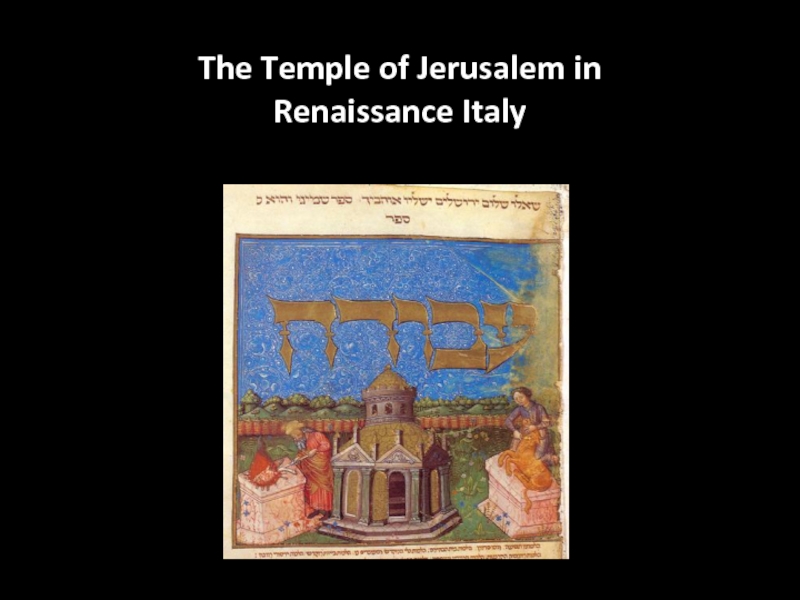
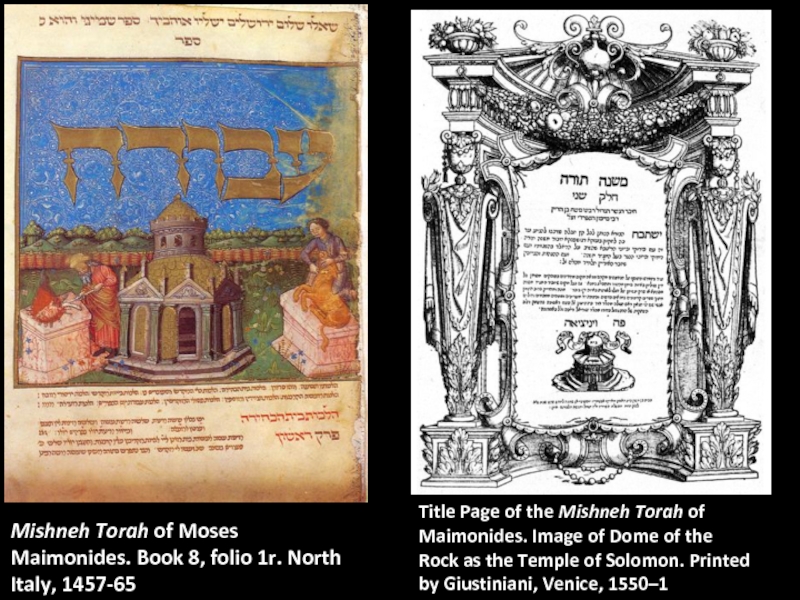

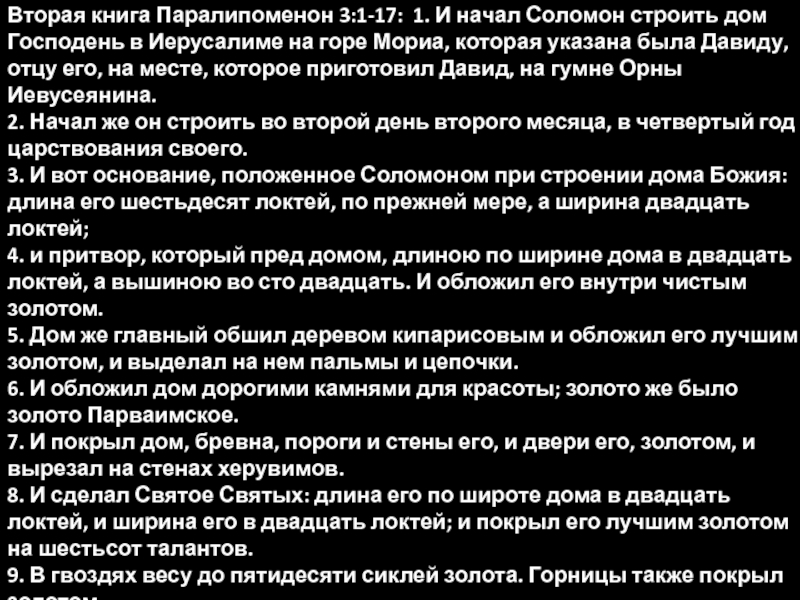
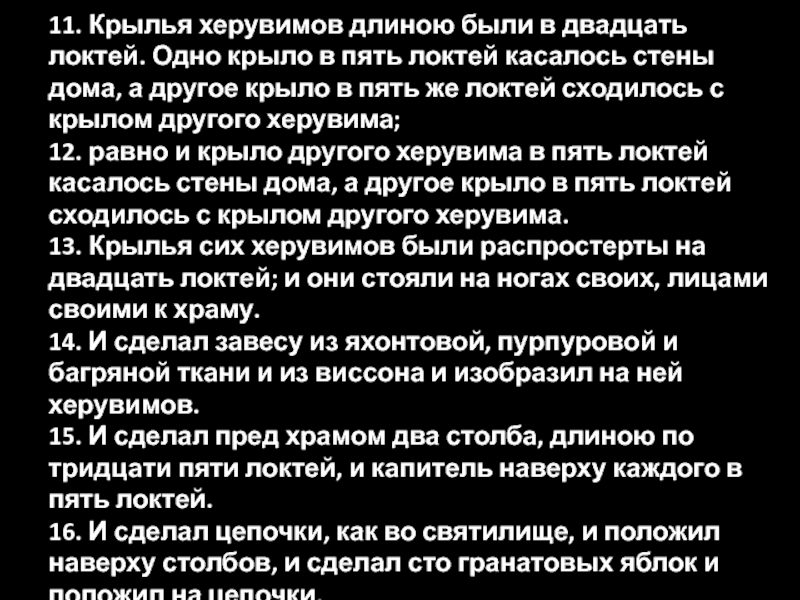
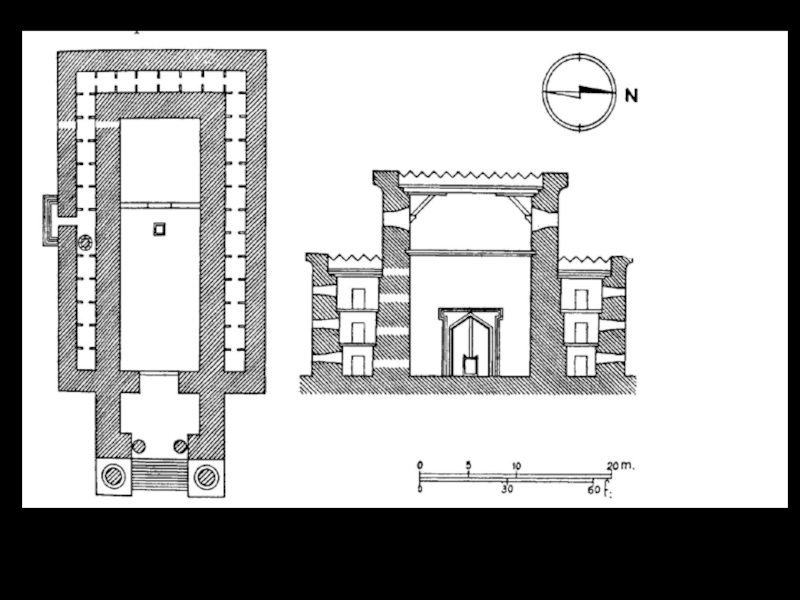
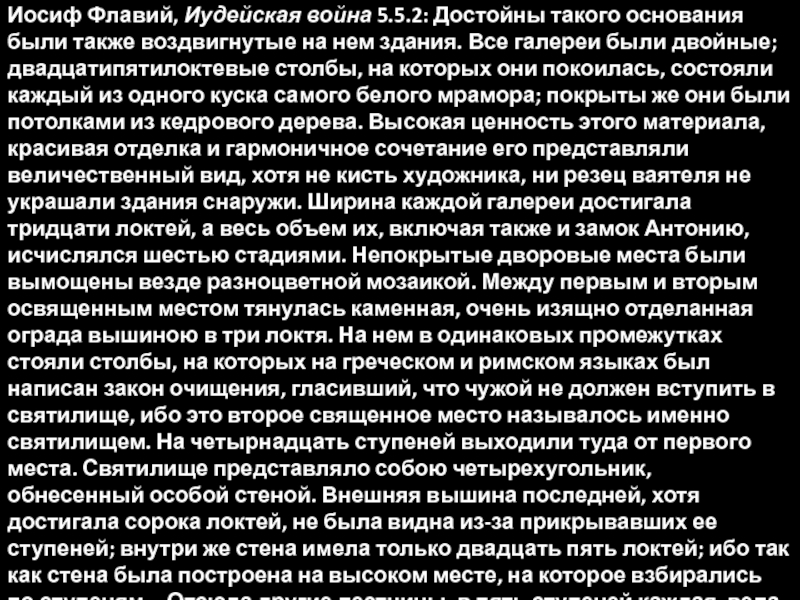
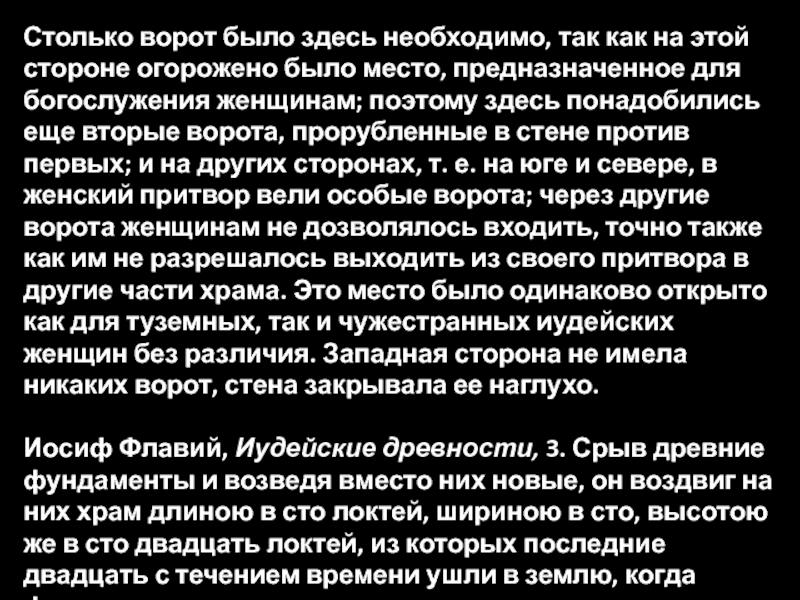
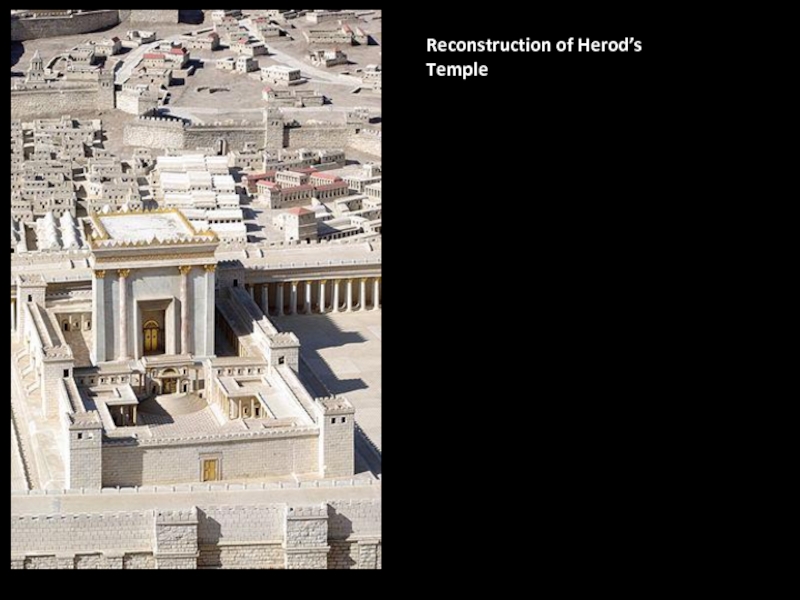
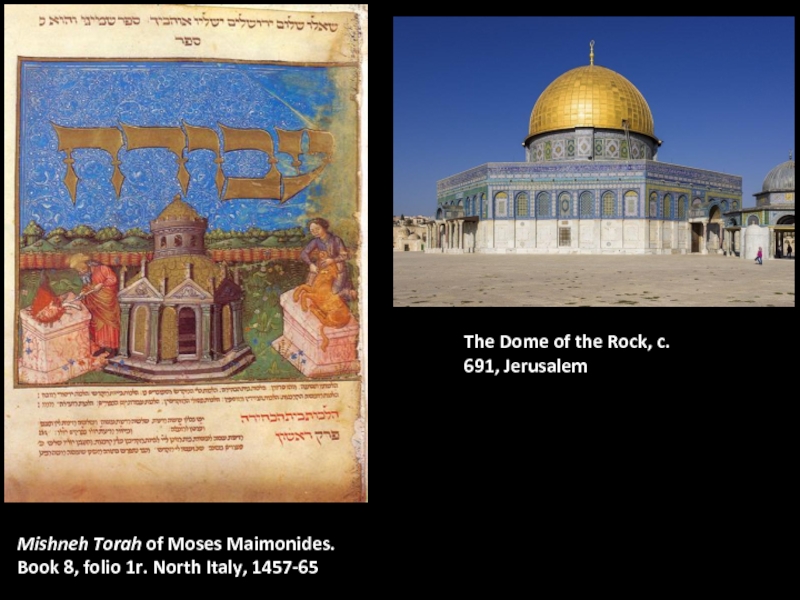

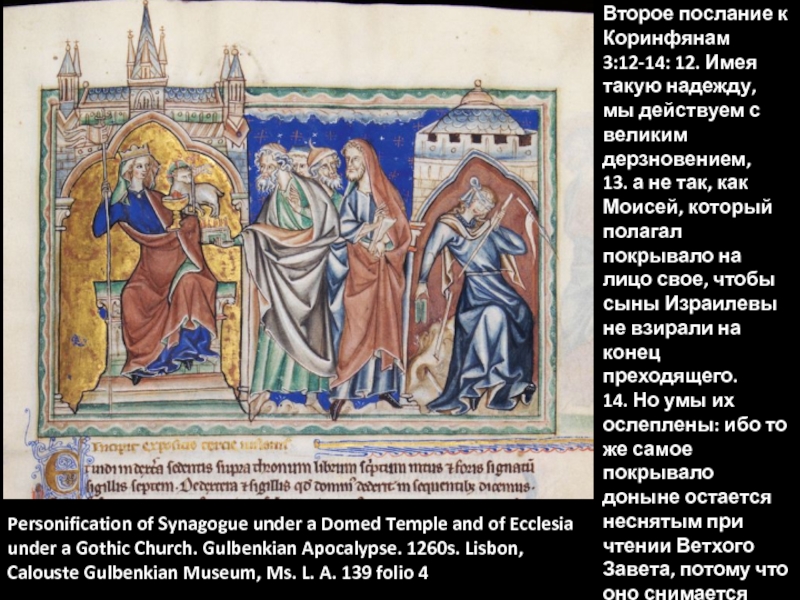
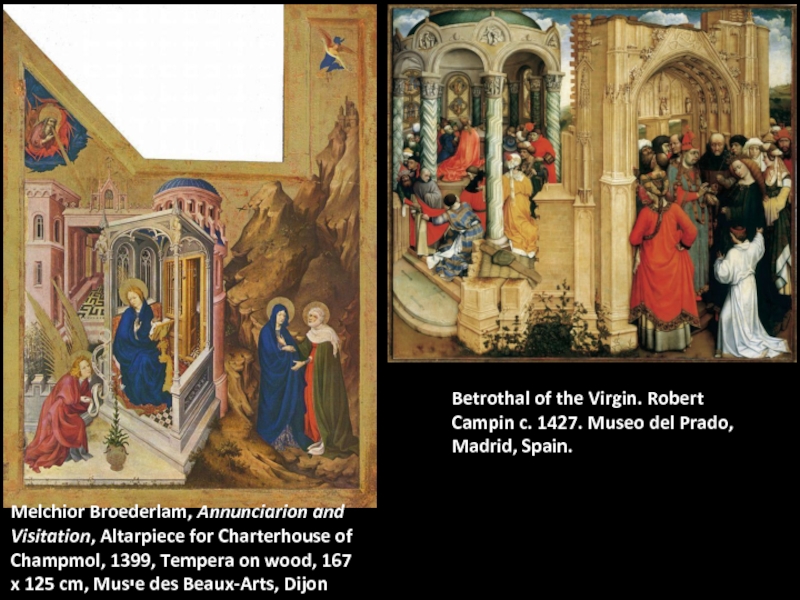
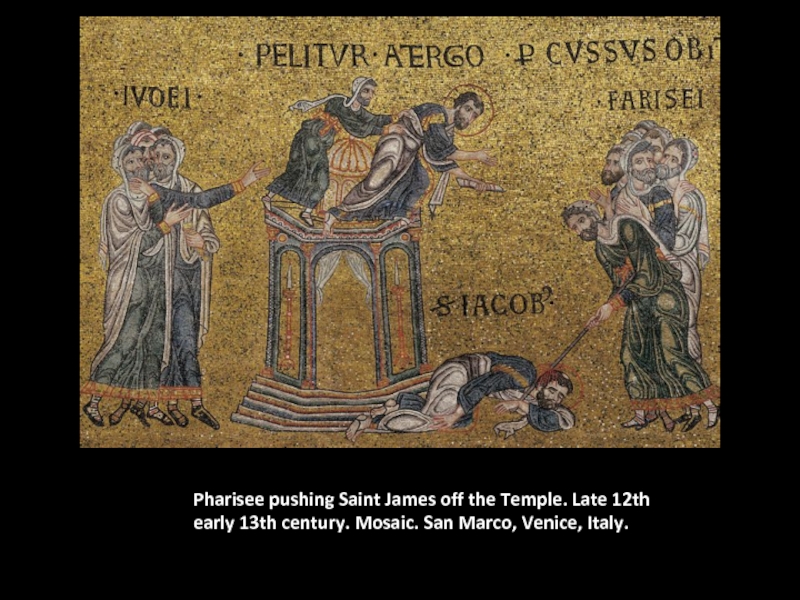
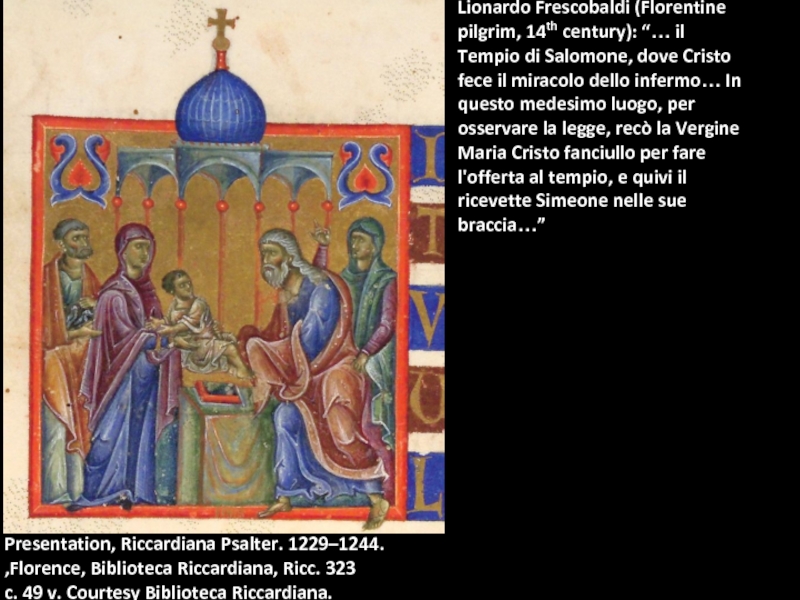

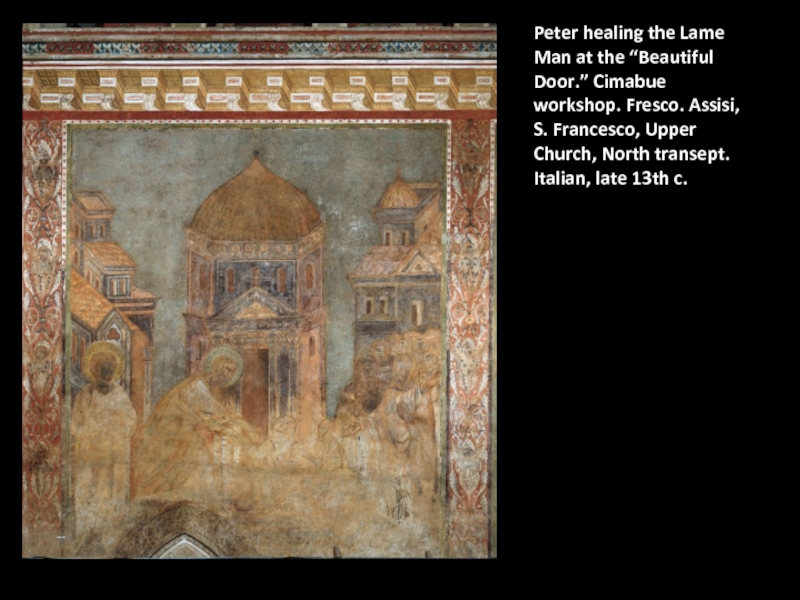

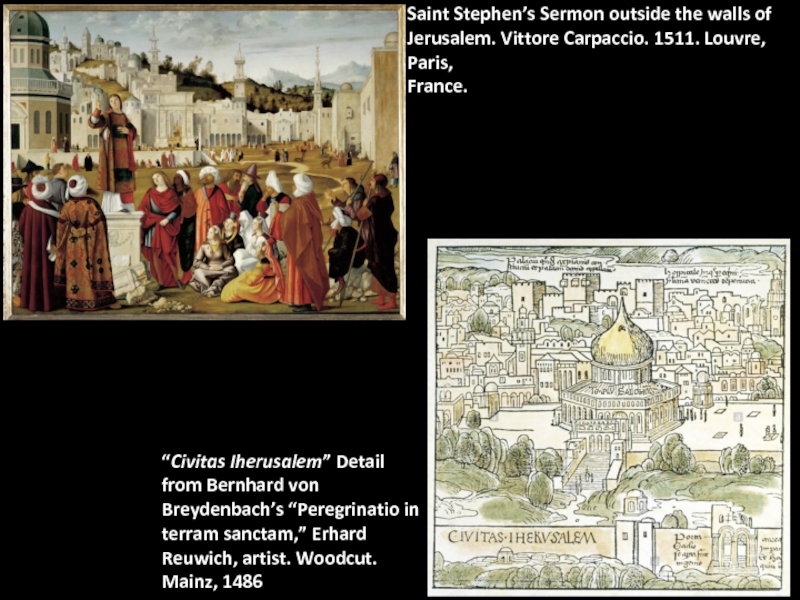
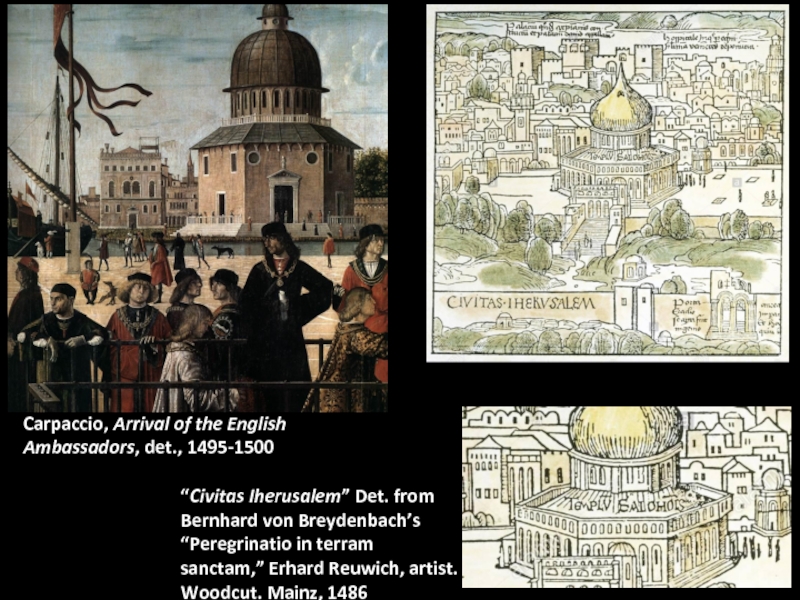


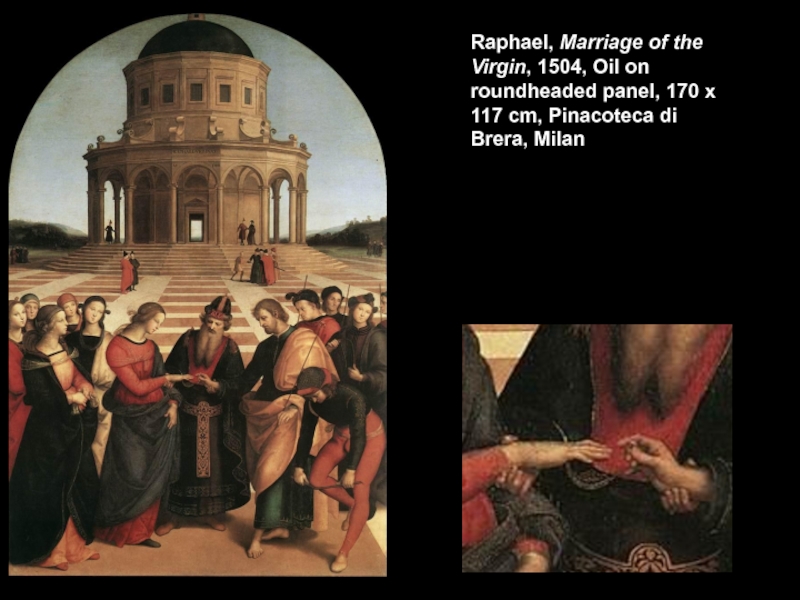
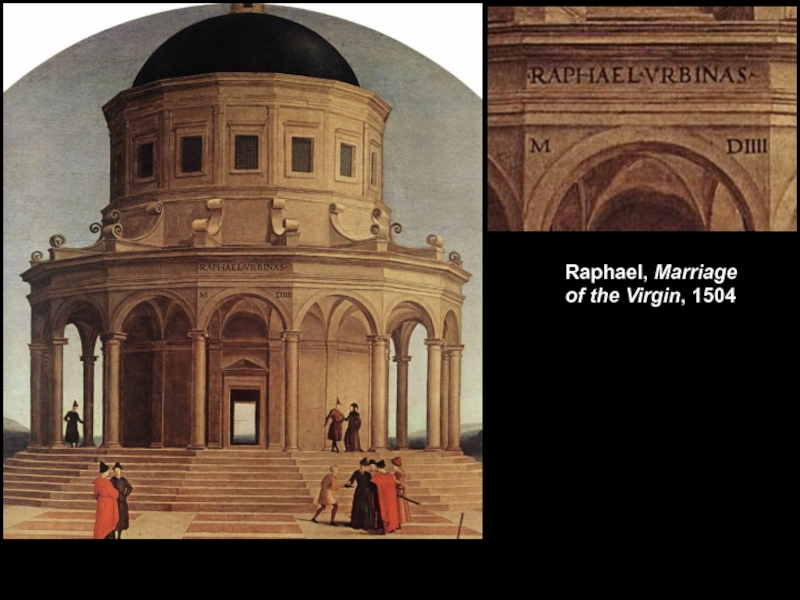

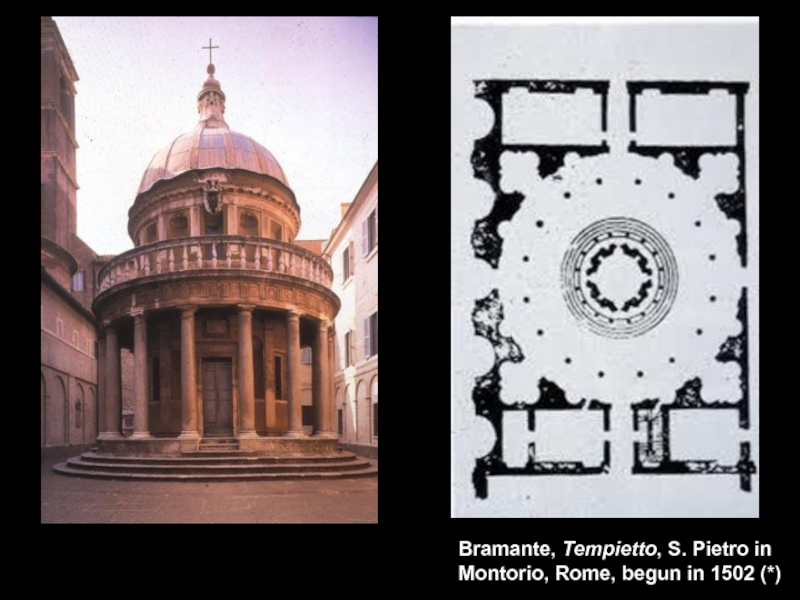
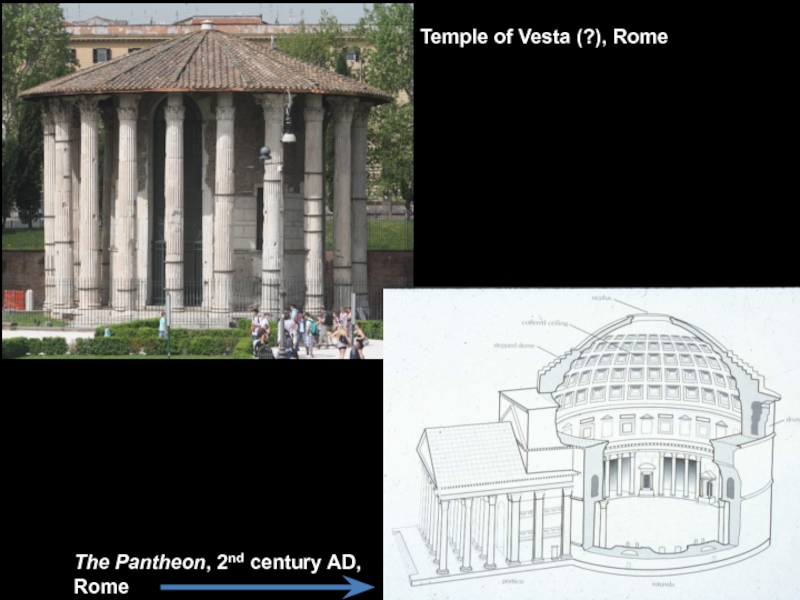
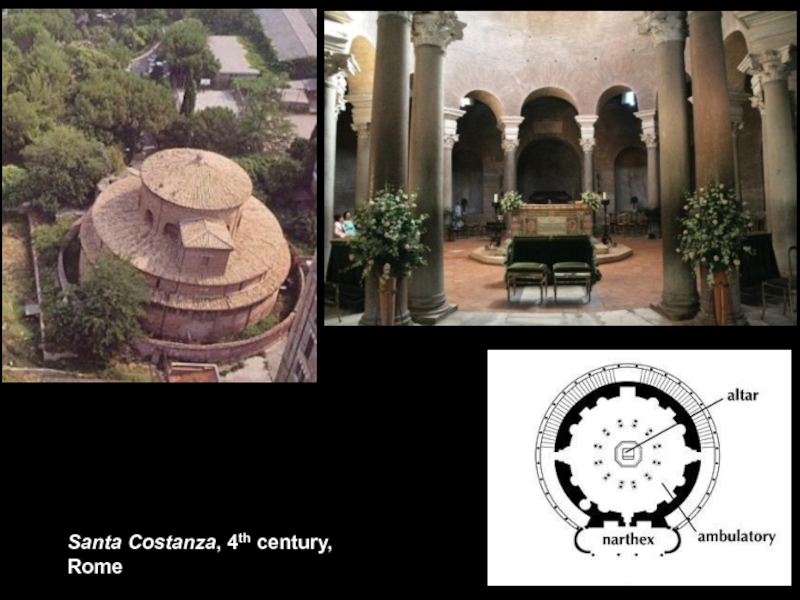
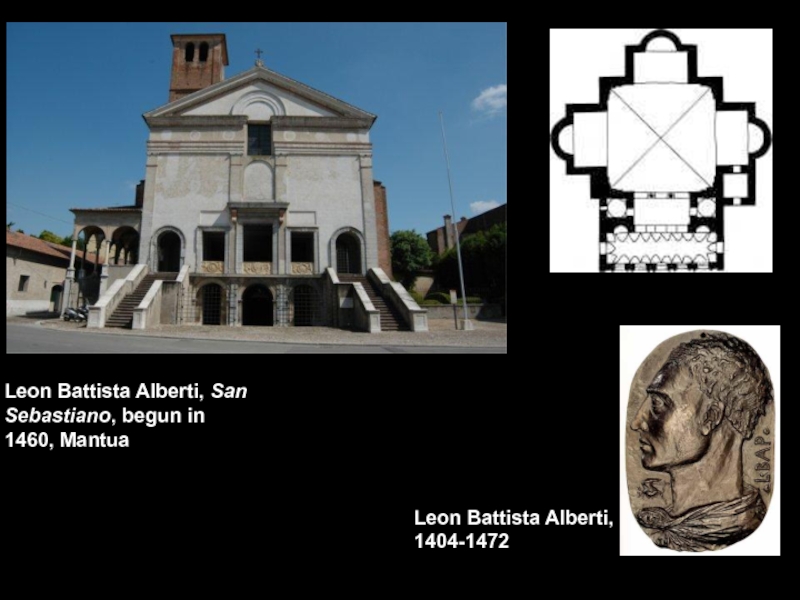
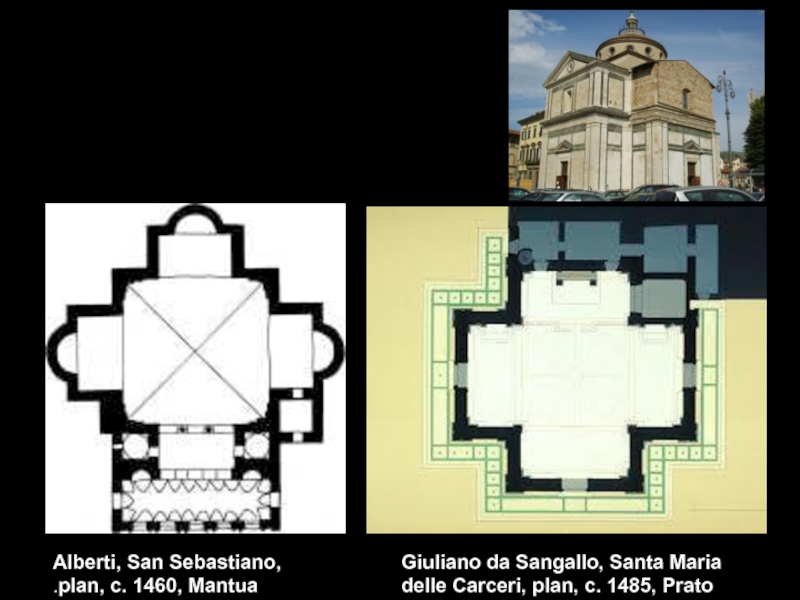

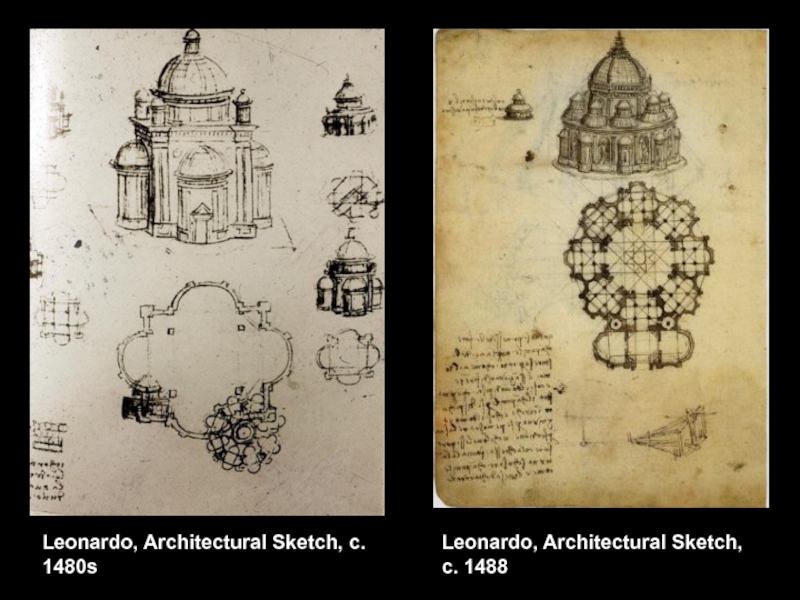
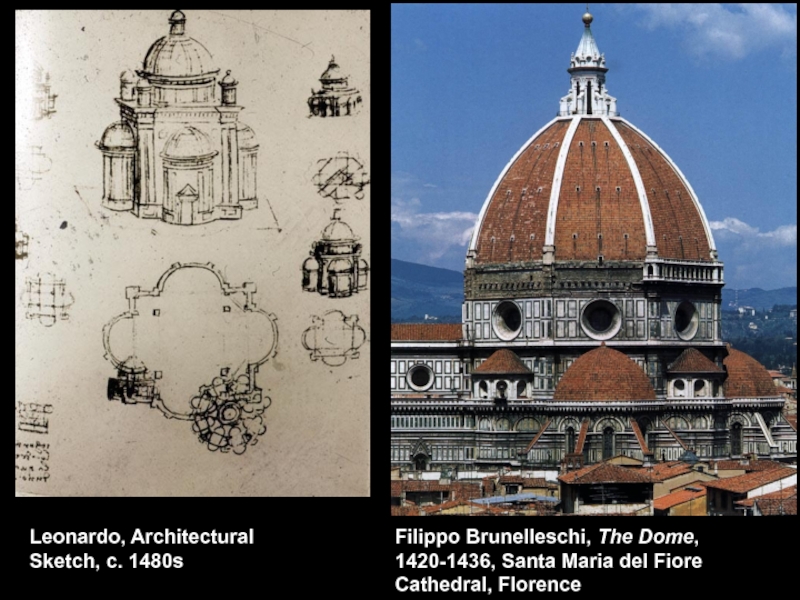
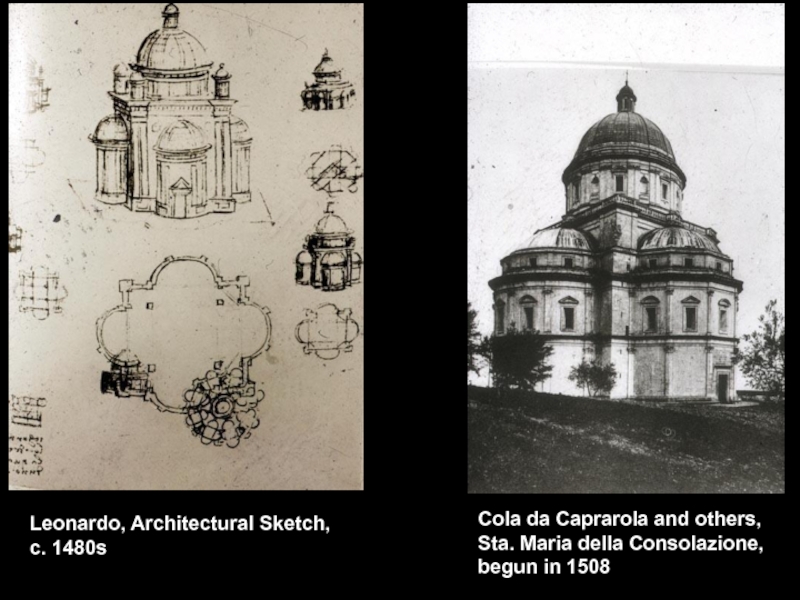

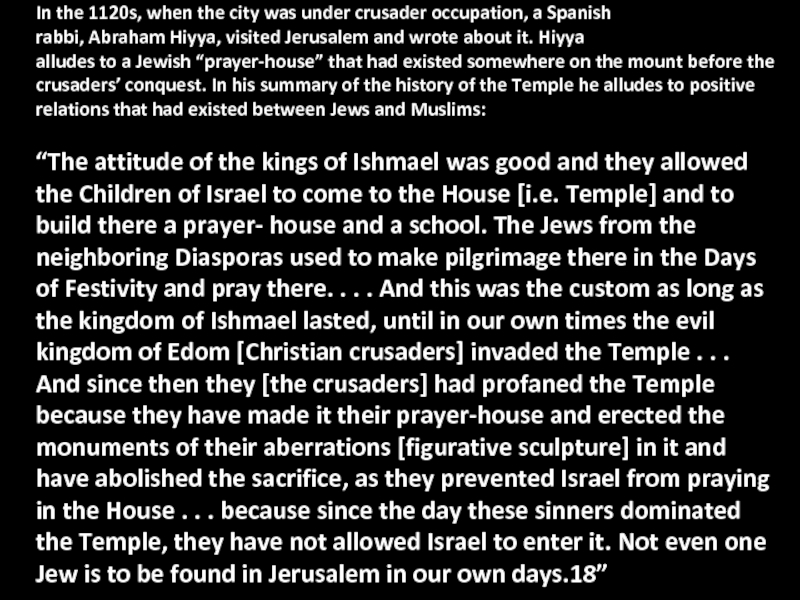
![Rabbi Petachia (12th cen.):Then the [Muslim] king urged him [the old man] until he pointed](/img/tmb/6/511648/be94e6efab0d6b0b2a7f116ce3d28fbc-800x.jpg)
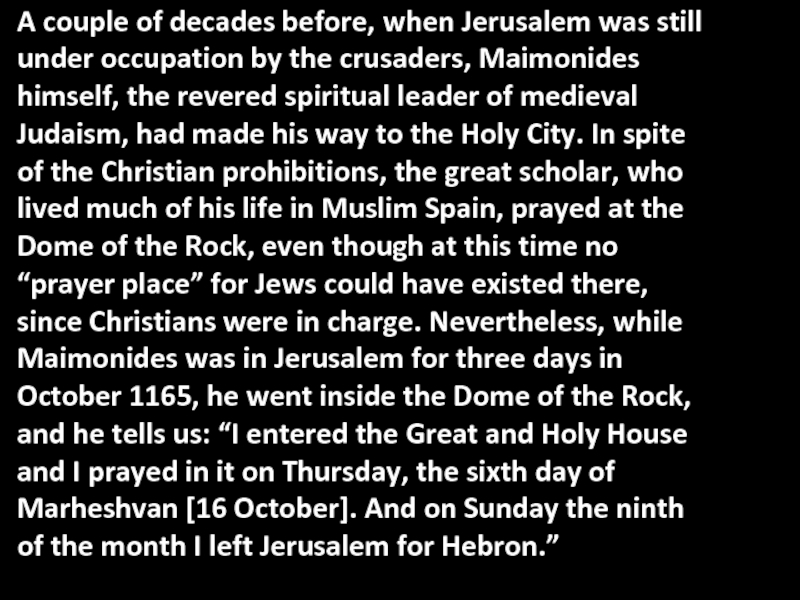
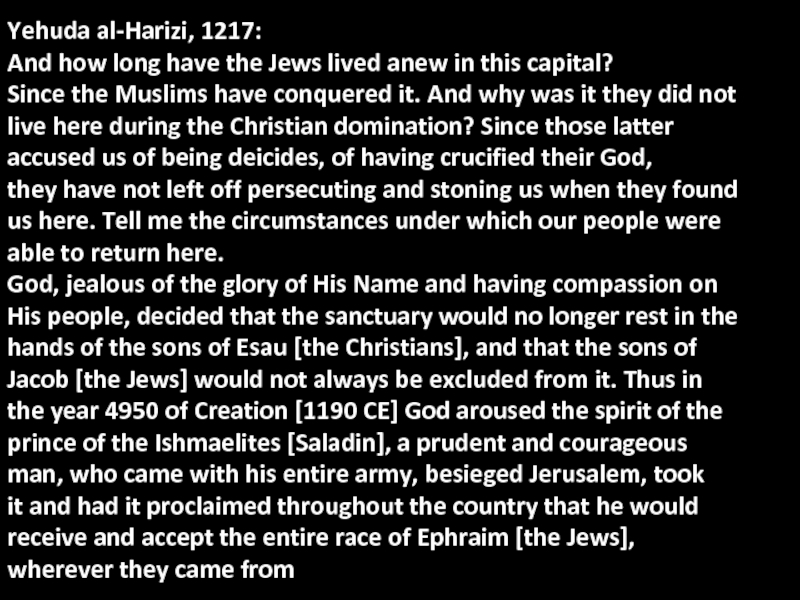

![1393, a vision:“one arose and descended into the cavern [under the Dome of the Rock]](/img/tmb/6/511648/35988774bcb4a80a4b54a8ec6f9b896a-800x.jpg)
